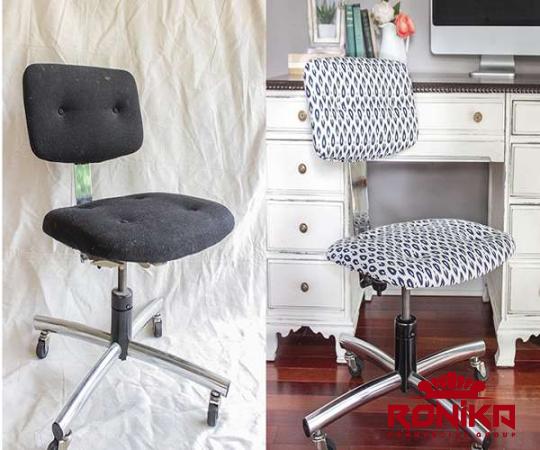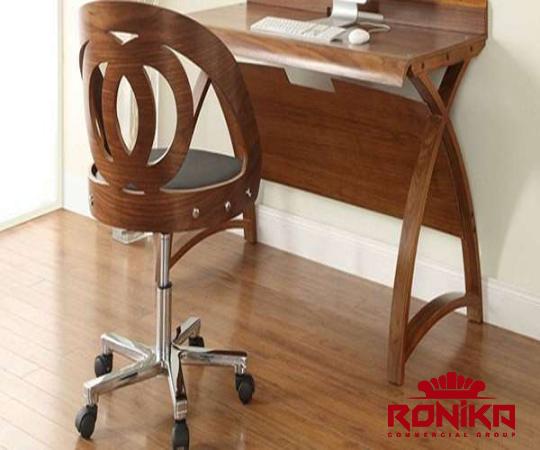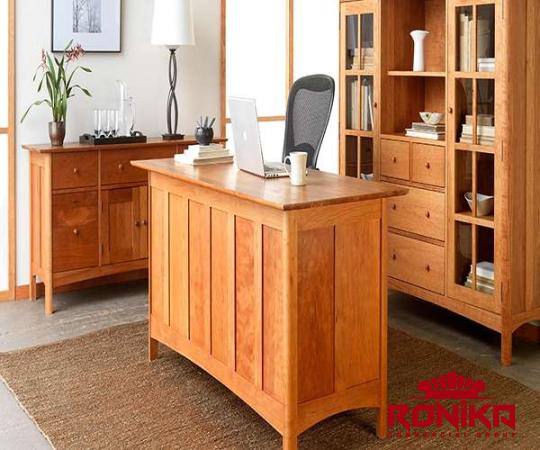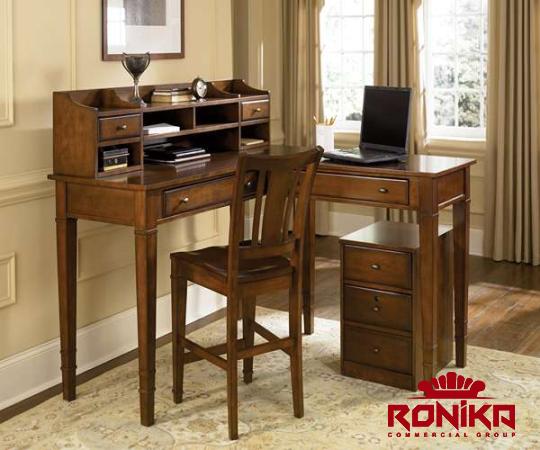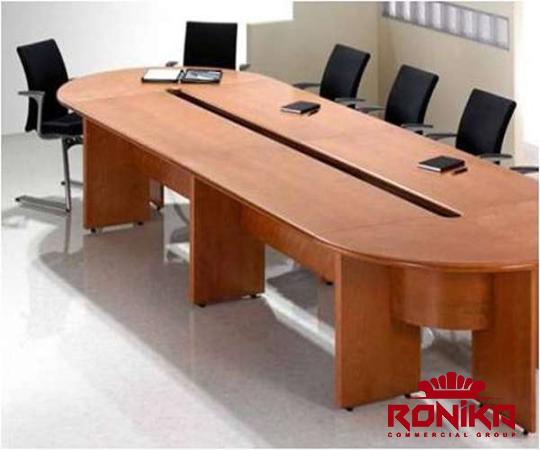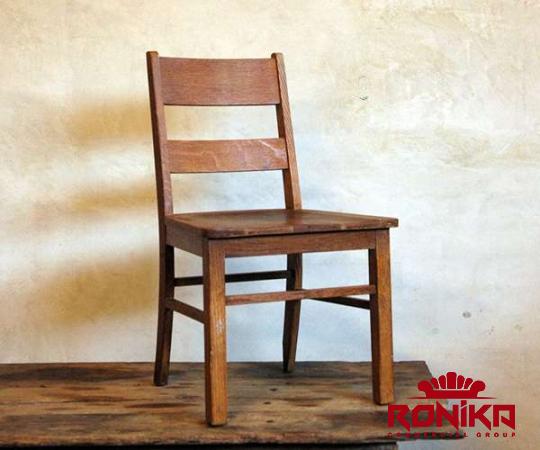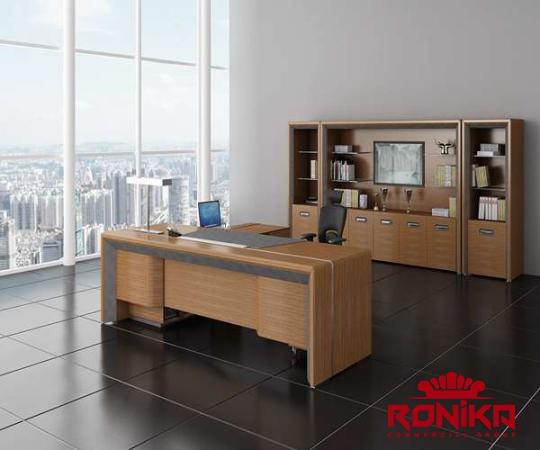Purchase And Price of Types of Sofa Fabric Material
When you want to choose a sofa fabric you have to pay much attention to some factors including material, design, and texture
Also, sofa fabrics come in different variety of types that are important to know when you come to choose
Most furniture is for relaxing
These are smart home investments
Choosing upholstery fabric might be stressful due to the countless alternatives
Consider color, pattern, and lifestyle while choosing sofa fabric
not duplicate Follow these tips
Start by setting a budget for sofa fabric
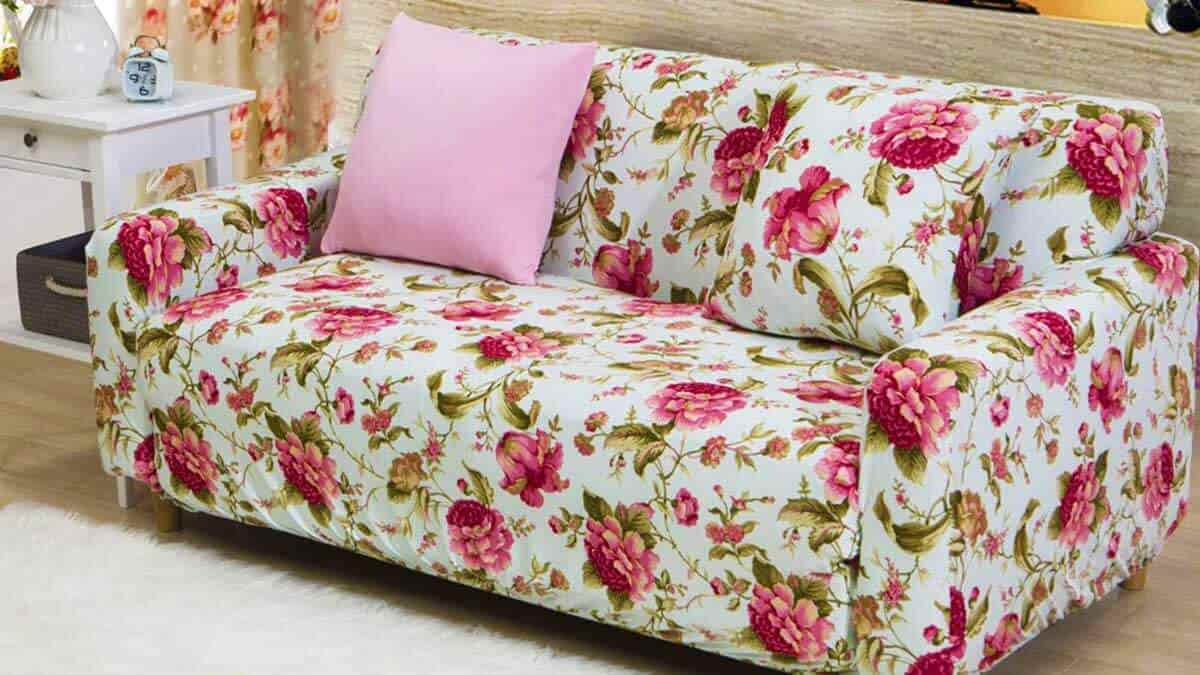
Sofa
You may get cheap velvet sofas and other gorgeous textiles
Cheaper sofas come in fewer colors if you have a short budget
If you have more money, you can choose from several patterns, colors, and fabrics
You can order custom fabrics
Furniture usage varies
Living room furniture wears out faster than bedroom furniture
If so, cover family room sofas with tightly woven materials to prevent harm
Cotton is a popular upholstery material, although it’s best for pillows and cushions
Sofas should combine cotton, rayon, and polyester
Children and pets should utilize microfiber, viscose, or leather
Sofa wears out prints and patches
Choose weaved patterns to avoid this
Natural materials like cotton and linen fade in direct sunshine
Test fabric durability by stretching and compressing samples
High-quality materials can last decades if well-maintained
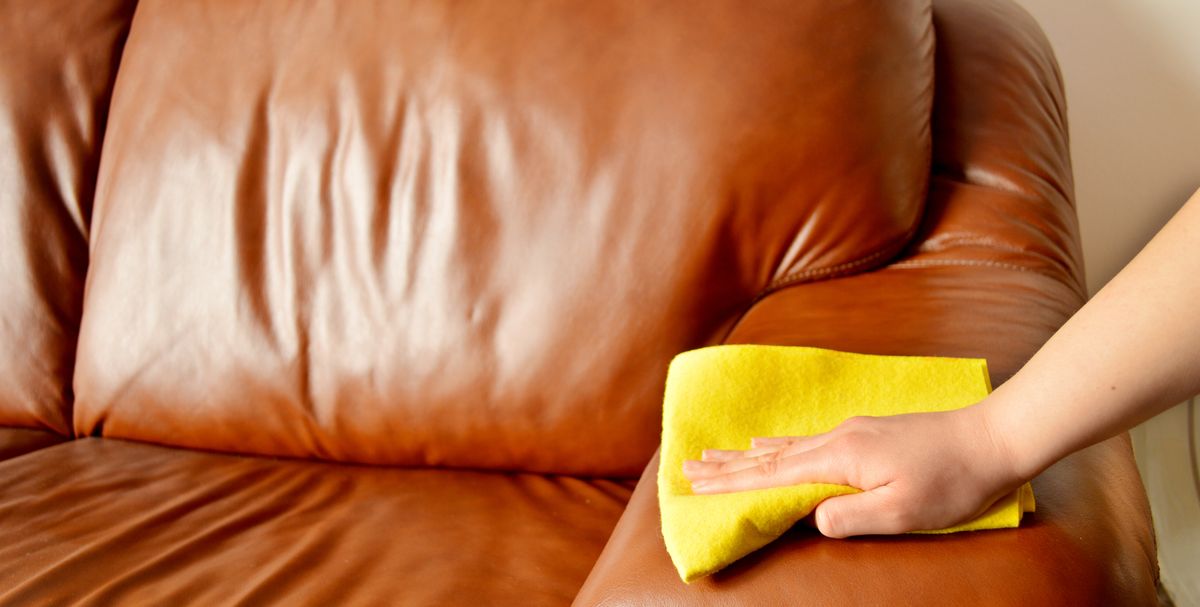
Sofa fabric care and clean
Choosing a sofa’s fabric color is frequently the first step
Furniture color impacts appearance
It creates a positive atmosphere
Neutral colors work with any color scheme
Light colors show grime and spills
Ask yourself what atmosphere and style you want to achieve before choosing fabric
Color temperature helps choose the perfect color
Synthetics are more durable than naturals
Also, avoid allergenic fabrics
Choosing a fabric sounds pleasant, but if it will be replaced soon, it will be pricey and frustrating
Consider your situation and demands while choosing sofa fabric
sofa fabric material
Making a sofa involves choosing a material that is suitable for the place we are going to use it
Cotton is a natural material that is commonly used in couch construction for a number of practical reasons
Cotton is one of the most cost-effective materials available, which is always a benefit
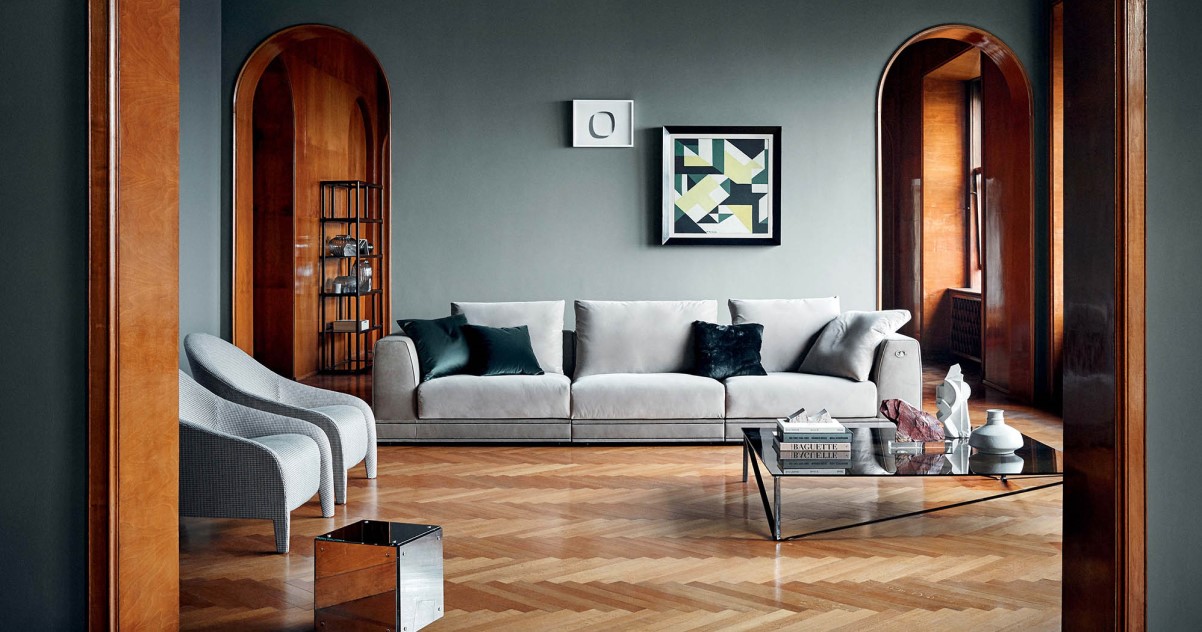
Sofa fabric vs leather
Second, cotton readily accepts patterns and colors, making it a flexible material
From pure white to deep indigo, leopard print to cabana stripe, cotton is available in an almost limitless range of colors and patterns
Cotton also resists fading, which is essential if your sofa will be exposed to direct sunlight
Linen has a slightly looser weave than cotton, resulting in a texture that ranges from smooth and lustrous to coarse and nubby
The difficulty with linen is that, like linen clothing, it is prone to wrinkling and staining
Therefore, performance linen is the fabric of choice for sofas that must withstand heavy foot traffic
If you have children, pets, or messy ice cream eaters in your home, performance linen is an excellent durable fabric option
It is a more structured fabric than traditional linen, so it retains its shape while remaining soft and comfortable
Velvet is luxurious, silky, and wonderful to touch
It accepts color exceptionally well, producing hues with exceptional depth and opulence
The disadvantage of costly silk velvets is that they are easily stained and expensive
Tight-weave performance velvet, which is resistant to everyday wear and tear, is our favorite fabric for sofas made of velvet that will be used frequently
Look for velvets that are woven from high-performance, cleanable polyester to resist fading, crushing, stains, and heavy traffic
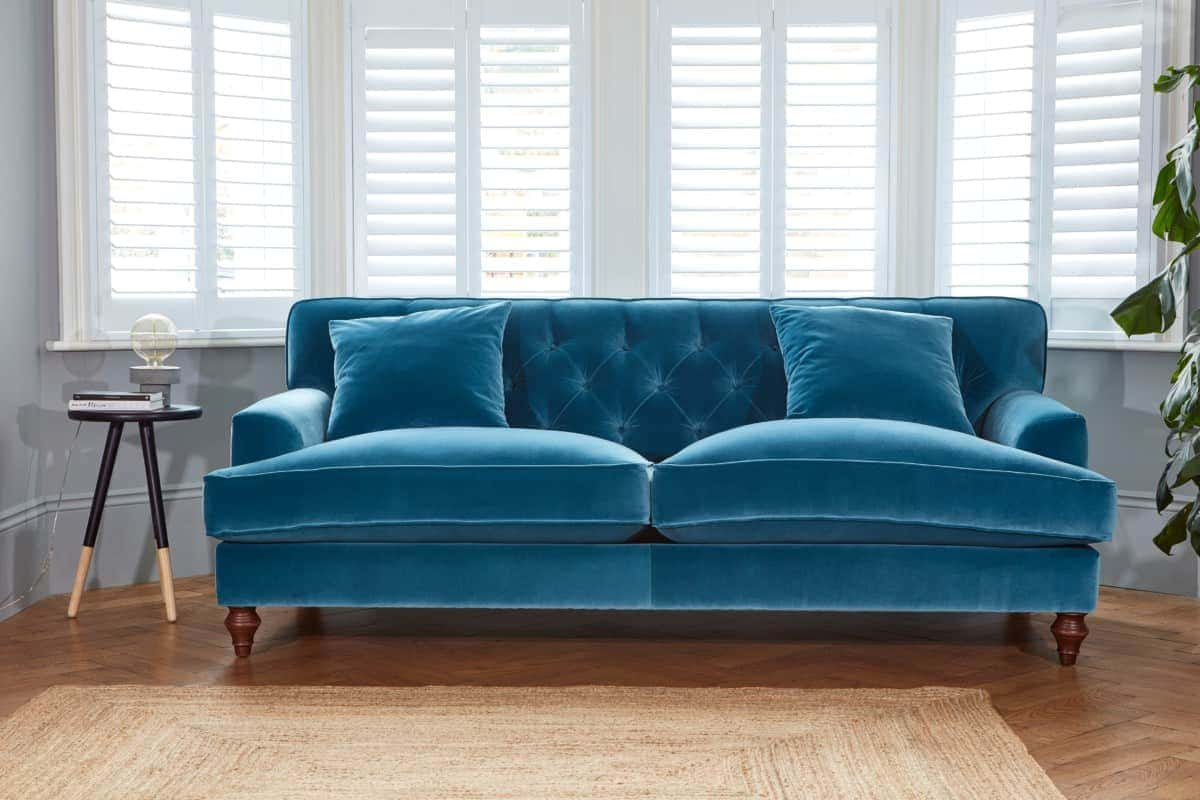
Modern sofa fabric latest design vintage
sofa fabric design
A significant challenge that a sofa fabric designer faces is coming up with the most appropriate and optimal choice of how to design seating options
When one thinks about decorating or constructing a place to be used as a living room or as waiting or leisure space, the amount of money that must be invested for a sofa at some point during the process is pretty considerable
The variety of couches, the type of sofa, the material used for the upholstery, and the material used for the framework are all factors that influence the selection cost criterion
There are several fundamental options available for finishes, including a leather finish, a fabric finish, and a rexine finish
The viability of the product can be determined by a number of different criteria, including product characteristics and product performance elements
Users are able to make sense of the bewildering selection of options that are available by considering the following factors: The level of coziness provided by a piece of upholstered furniture is dependent on a number of elements, including the type of fabric used and the structure of the piece overall
Fabric finishes can provide the desired level of coziness
In comparison to their leather and rexine analogs, fabric finishes are gentler on the skin
Because leather and rexine absorb heat more quickly than cotton does, using them for longer make you feel warmer
However, despite heavy use over time, cowhide leather furniture will not lose its shape
The longevity of any material is directly proportional to the quality and durability of the material
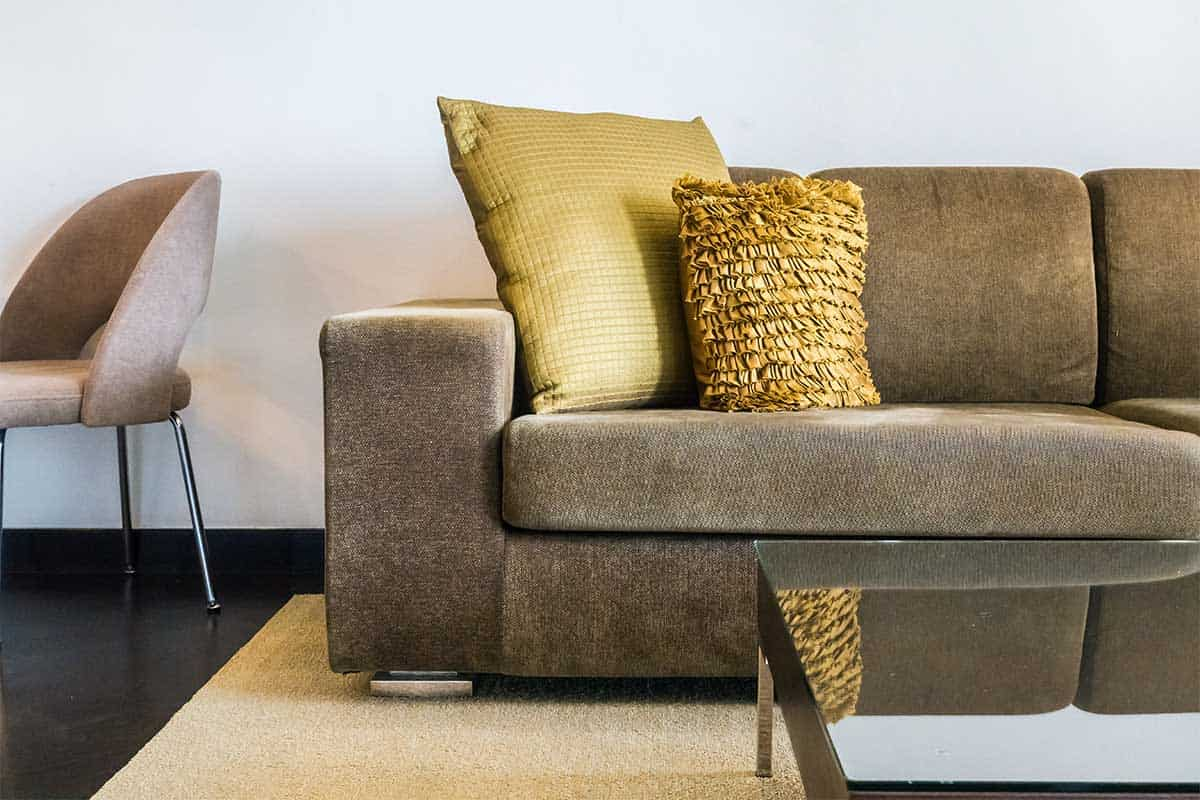
A higher quality finish results in less wear and tear over time and has a longer lifespan
There is a wide range of accessible options for choosing, including solutions that are resistant to stains and premium options, with prices changing accordingly
Leather appears to be a choice that offers resistance to stains, in contrast to fabrics and Rexine, which are prone to staining and wearing problems
sofa fabric texture
A sofa fabric’s texture is also influenced by its fiber, yarn, structure (weave, knit, etc), and finish
All of these factors work together to create the final product
Even though they make up the smallest component of fabric, fibers are responsible for a significant portion of the texture
For example, the texture of the wool is typically soft, but the texture of linen is typically crisp
The visible surface look of fabrics, as well as their feel, are both included in their texture
The term “hand” refers to the experience of touching, grasping or squeezing different types of textiles
Clingy-rigid, cold-warm, crisp-limp, dry-moist, dry-moist, firm-flexible, heavy-light, opaque-transparent, pliable-stiff, rough-smooth, shiny-dull, stretchy-stable, and thick-thin are some examples of terms that express texture overlap between the visual surface appearance and the hand
The fiber, yarn, structure (weave, knit, etc
) and finish of a fabric are also factors that define the cloth’s texture

Even though they make up the smallest component of fabric, fibers are responsible for a significant portion of the texture
For example, the texture of the wool fabric is typically soft, but the texture of linen is typically crisp
To make yarns, either short segments of staple fiber or long segments of continuous filament fiber are twisted together
It is possible to manufacture yarn with a variety of various textures by modifying not only the type of fiber used but also the way of combining the fibers into yarn as well as the amount of twist
sofa fabric types
Depending on your budget and the place the sofa is used
you make your decision about the type of sofa fabric
To a considerable extent, the quality, usage properties, and appearance of the upholstery textiles are determined by the types of fabrics, or more specifically, the components that make up the fabrics
You will have an easier time selecting your new sofa cover if you have some background information on the materials available
Cotton, which is one of the most durable textiles, is a good option for people who prioritize a soft feel in their clothing
Cotton fabrics give your furniture a cozier appearance and feel while also providing comfort and solidity
The greatest choice for you would be an upholstered sofa made of cotton if you are going for a formal yet contemporary style
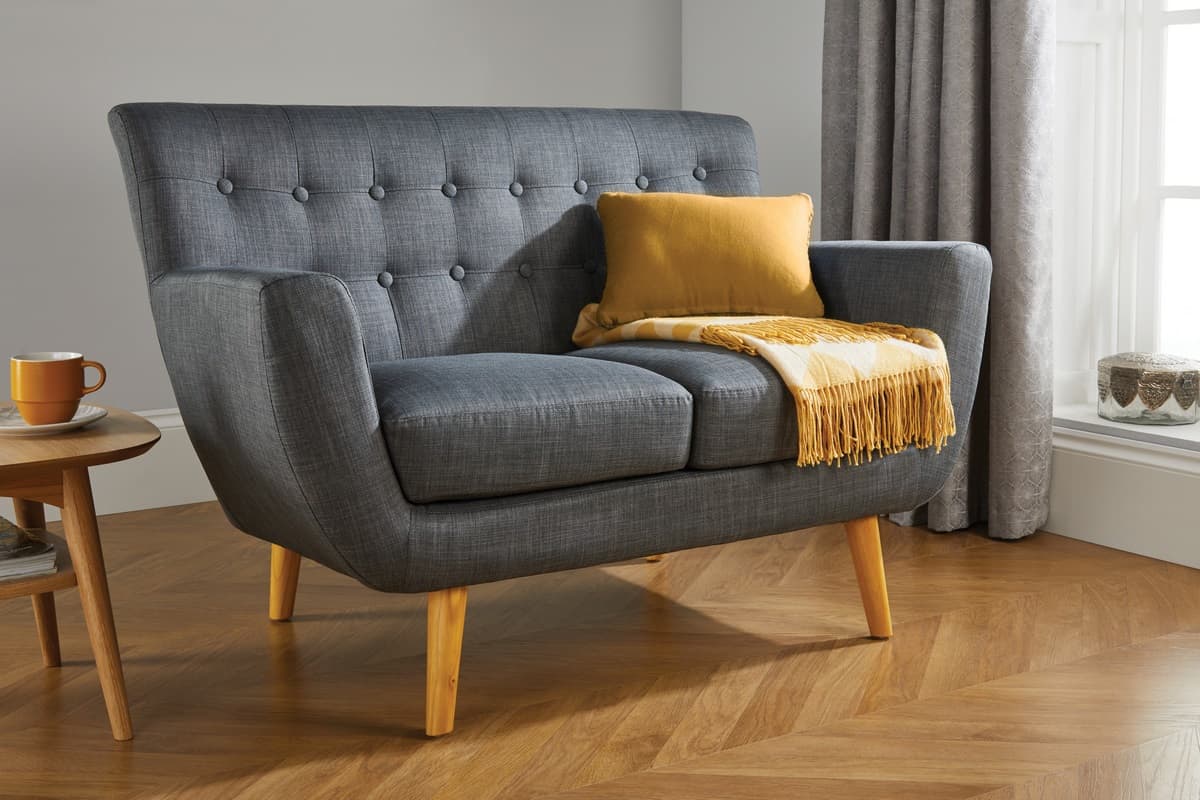
The delicate and supple character of the fabric, on the other hand, makes it unsuitable for heavy use on a day-to-day basis because of its propensity to wear out quickly
It is not possible to select different fabrics for the areas of the furniture that are subjected to direct sunlight
The earthiest looking and most common choice for sofa textiles in the textile industry is linen, which is also a natural fiber
Because it is not only exceedingly smooth but also quite gentle to the touch, it is an exceptionally comfortable material to sit on
If you want your living room to have a relaxed and laid-back vibe while yet exuding elegance and sophistication, you might want to think about using linen as your upholstery material
Before you buy them, you should think about how durable they are because they might not be able to withstand the heavy use that they will get on a daily basis
It is particularly prone to staining, and prolonged exposure to bright sunlight will cause the fibers to become more fragile
Also, silk fabric and wool as natural fibers are used to make upholstery fabrics but using natural fabric cannot feed the high demand of the market so the upholstery industry uses synthetic fibers to respond to the market demand
best material for sofa fabric
When it comes to locating a couch within your price range, your best chances are going to be a sofa fabric made of cotton kinds, synthetic materials, or a combination of both cotton and synthetic material
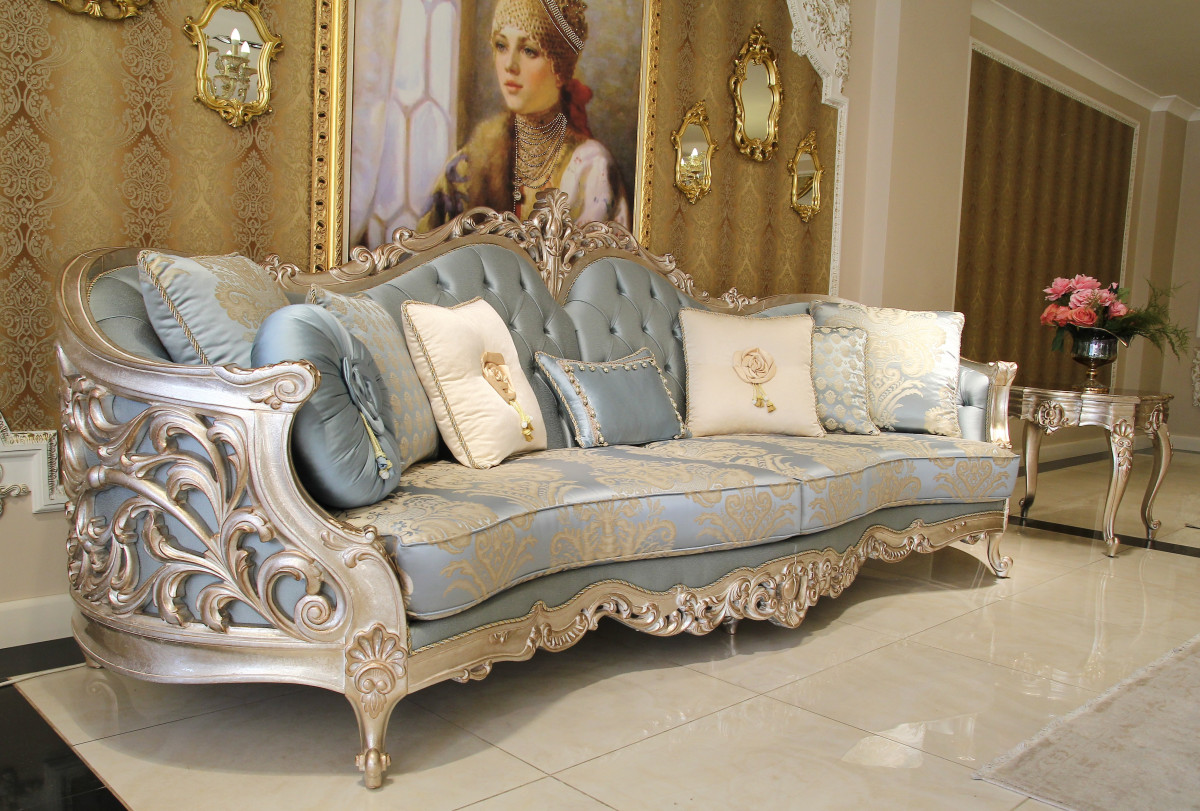
Denim, twill, and microfiber are some examples of durable weaves that are wonderful options for families with active children and dogs to search for when shopping for these fibers
Denim is also a good option for families with active children and pets
Buyers who have an interest in making investments will place a high value on coverings made of traditional fibers such as linen, silk, and wool in addition to covers made of high-quality leather
The style of the sofa is an additional aspect that should be taken into consideration when selecting the fabric
Couches in contemporary and Mid-Century Modern styles should have flat weaves like twill, herringbone, and other softly textured weaves
Look for these types of weaves while shopping for a couch
These sofas should have been printed with modest, tonal patterns or pure colors with no patterning at all
Upholstered in flowery designs and textured luxury fabrics like damask and velvet, traditional and historical couch styles look their absolute best when they are covered in these types of textiles
best sofa fabric
Choose the best, if you don’t want to be having second thoughts about the choice of upholstery fabric for a new sofa or armchair a few months after the piece has been delivered to your front door because it is a significant investment
If you select the incorrect material, you may find that you have to fight against snags and stains
If you choose the wrong color or pattern for the piece of furniture, the entire room will look bad (or you will have to spend a lot of money to have the piece reupholstered)
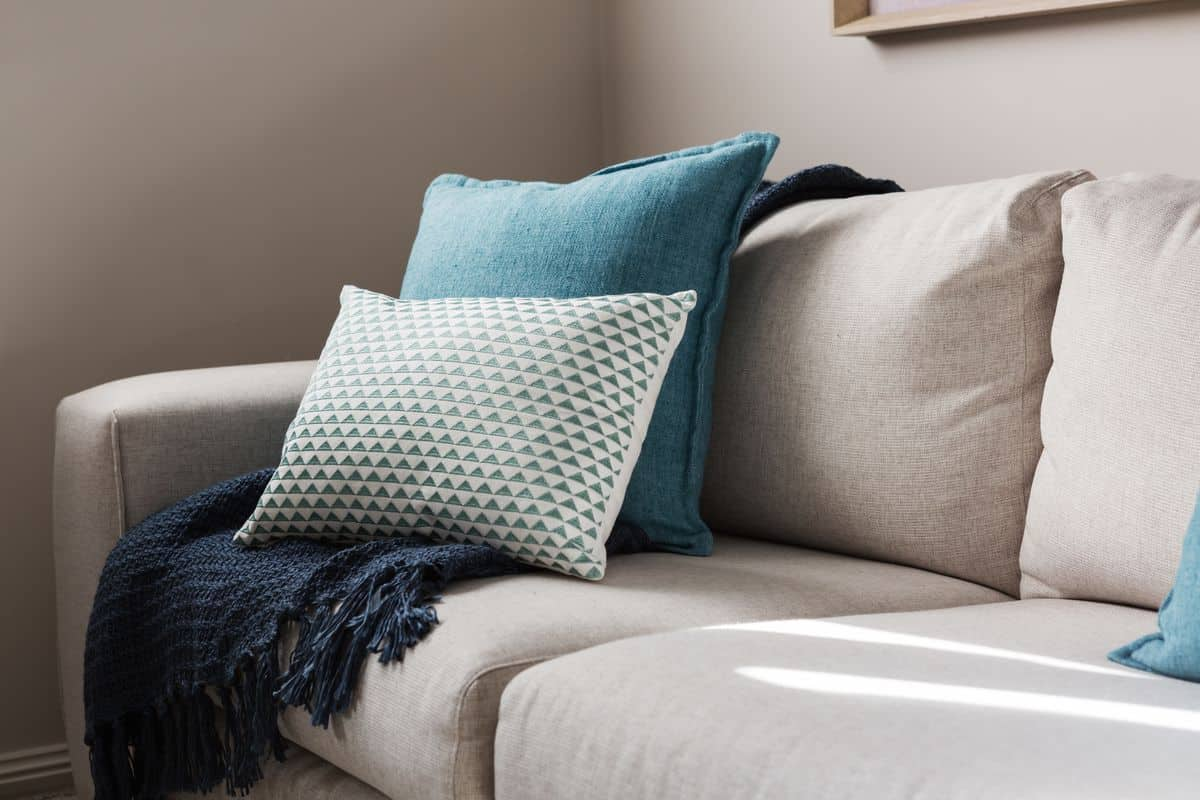
Therefore, when you choose a new fabric for your upholstery, try to find out what you should think about in terms of how long it will last, how comfortable it will be, and how stylish it will be
The following is a guide that will help you home in on a fabric option that you will be content to live with for many years
When selecting a fabric, it is important to keep in mind the shape of the piece of furniture you will be covering
(The person who did your upholstery fabric will be grateful to you
) Stick to solid-colored fabrics if you’re upholstering a piece of furniture that has a curvy shape
There is a possibility that upholstering will not go well with patterns or textures that have a clear orientation
It’s possible that a pattern that looks fantastic when it’s printed on a bolt of fabric won’t look quite as good when it’s cut up and reassembled on your sofa, especially if your sofa has a complicated intricate shape
Take into consideration the scale of the pieces of furniture as well
Larger pieces, such as sofas, look best when they are a rich solid hue or a traditional neutral tone
This ensures that you won’t become bored with the object over time

